Deadline for entries: 5:00 p.m., Friday, November 28, 2008
The Elmer Adler Undergraduate Book Collecting Prize is awarded annually to the student or students who, in the opinion of the judges, have shown the most thought and ingenuity in assembling a thematically coherent collection of books, manuscripts, or other material normally collected by libraries. The prize is endowed from the estate of Elmer Adler who for many years encouraged the collecting of books by Princeton undergraduates. The rarity and value of the student’s collection are not as important as the creativity and persistence shown in collecting and the fidelity of the collection to the goals described in a personal essay.

Jane & Louise Wilson, Oddments Room II (Voyages of the Adventure and Beagle), 2008. C-print, Edition of 4. Courtesy 303 Gallery, New York
An informational session introducing the contest will be held at 4:30 p.m. on Wednesday, October 15, 2008 in the Scheide Library, located in the Department of Rare Books and Special Collections, Firestone Library. The Scheide Library holds outstanding collections of Bibles in manuscript and print, including a Gutenberg and a 36-line Bible; medieval manuscripts and incunabula; music manuscripts of Johann Sebastian Bach and Ludwig van Beethoven; and other rare materials. Scheide Librarian Paul Needham will give a brief tour and talk about the importance of book collecting. Julie Mellby, graphic arts curator, will be on hand to answer questions about the Adler Prize.
Essays should be submitted via e-mail, in a Microsoft Word attachment, to jmellby@princeton.edu by 5:00 p.m. Friday, November 28, 2008 and should be no more than ten pages, double-spaced. Your entry should include a bibliography of the items in your collection. Please note your name, class year, residential address, email address, and phone number on a separate cover sheet.
Winners will receive their prizes at the annual winter dinner of the Friends of the Princeton University Library. The first prize essay will be published in a forthcoming issue of the Princeton University Library Chronicle and has the honor of representing Princeton University in an international book collecting competition.
DATES TO REMEMBER
Informational meeting: 4:30 pm, October 15, 2008
Deadline for entries: 5:00 pm, November 28, 2008
First prize: $2000
Second prize: $1500
Third prize: $1000
Suggested readings from Paul Needham, Scheide Librarian:
Michael Sadleir, preface to his XIX Century Fiction (1951). Firestone 3579.079
A.N.L. Munby, Essays and Papers (1977). Firestone Z992.M958
John Carter, Taste and Technique in Book Collecting (1970). Firestone 0511.241.2.1970
G. Thomas Tanselle “The Rationale of Collecting,” Studies in Bibliography. Online at http://etext.lib.virginia.edu/bsuva/sb
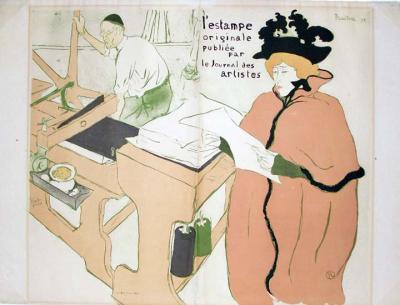


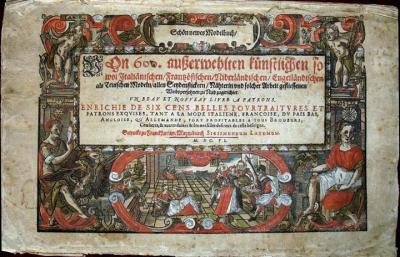

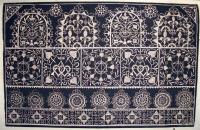
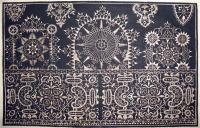
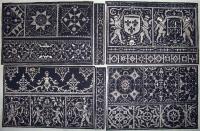
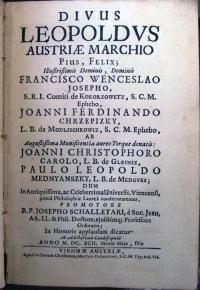

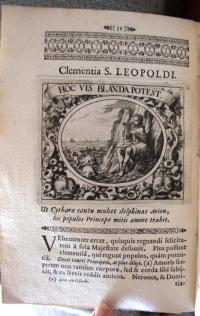
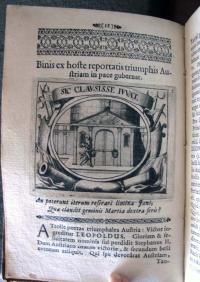
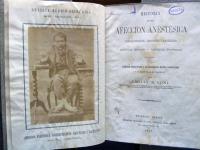

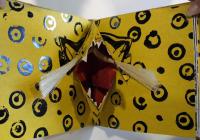
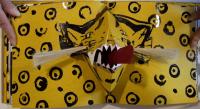
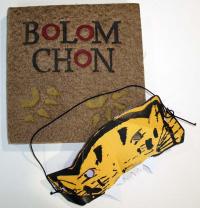



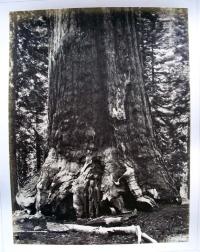

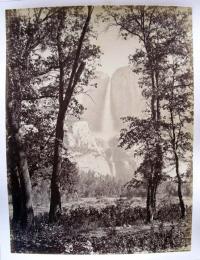

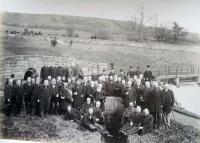
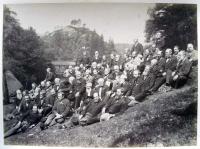


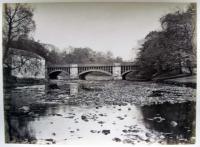






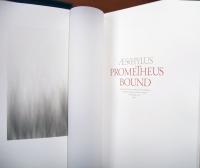
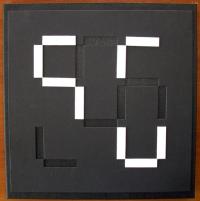
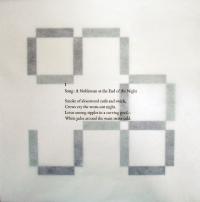

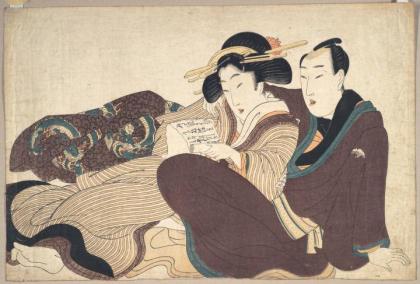



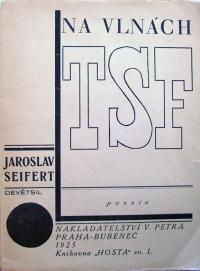


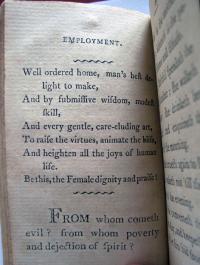
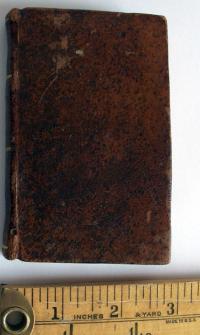
Recent Comments